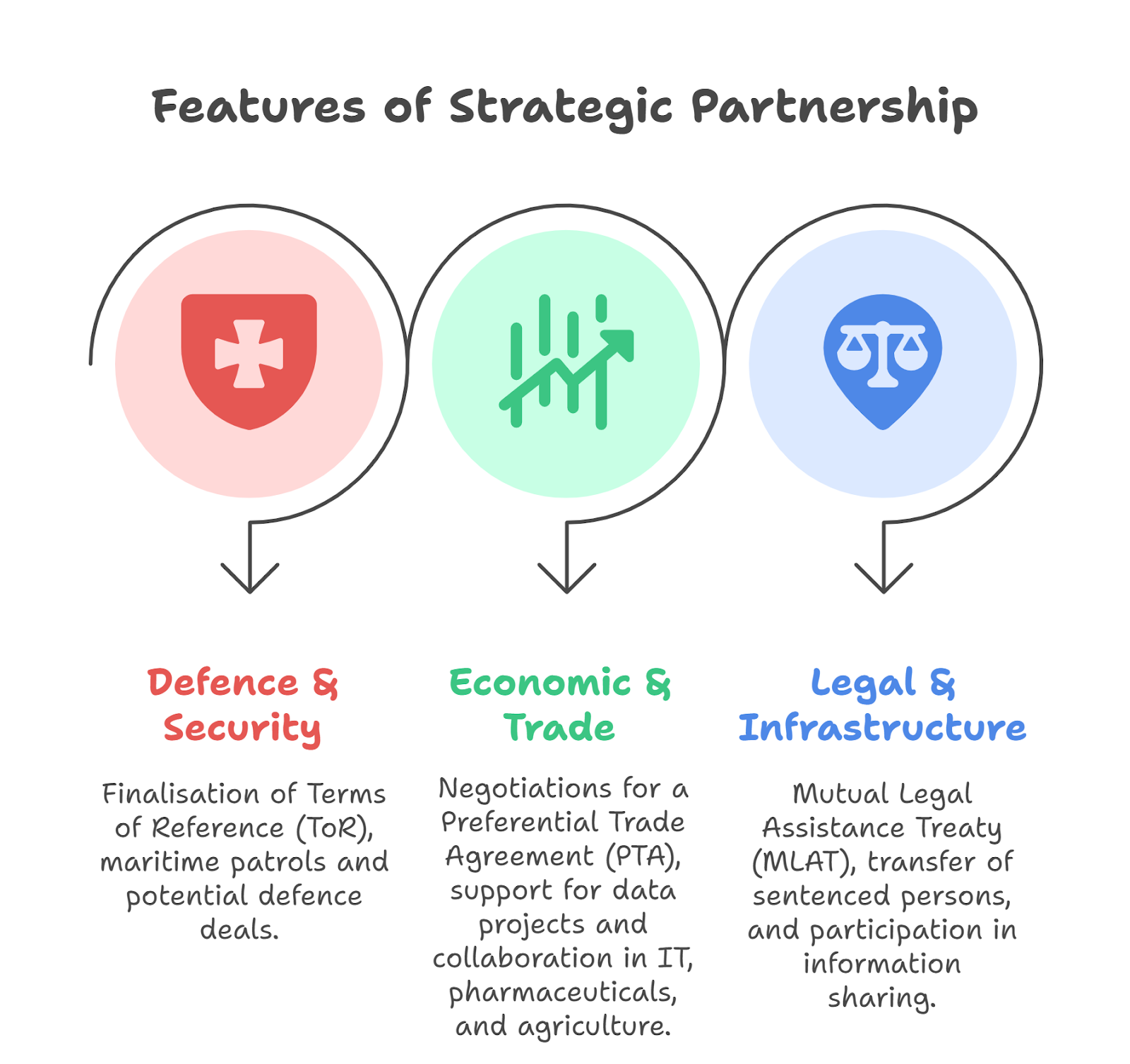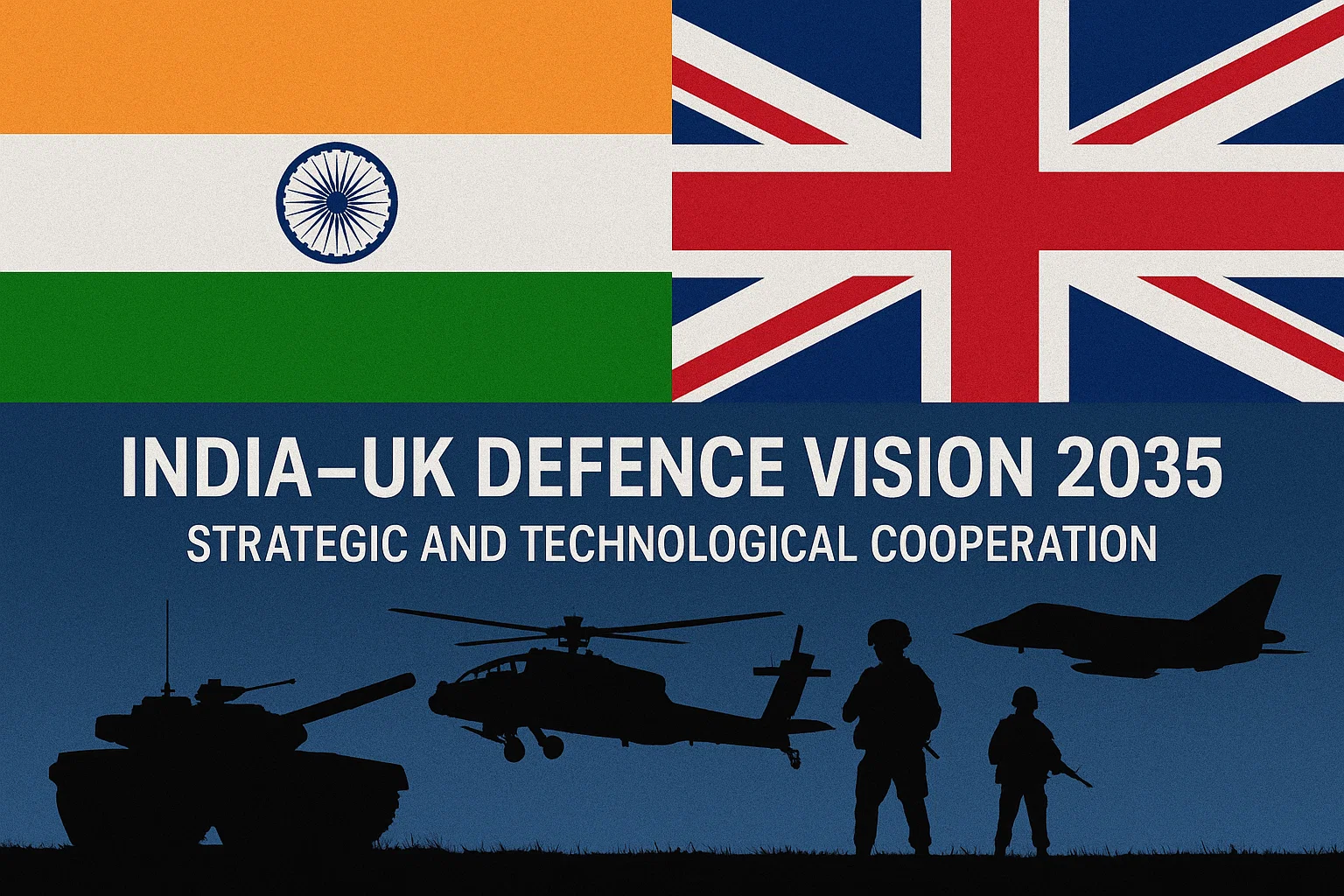Font size:
Print
India-Philippines Strategic Partnership
Context: India and the Philippines have elevated their bilateral relations to a “strategic partnership”, marking a significant milestone in their diplomatic engagement. This partnership aligns with India’s Act East Policy and underscores a shared commitment to a free, open, and rules-based Indo-Pacific.

What are the major reasons behind elevating to a strategic partnership?
- Shared Maritime Security Concerns: Both nations support freedom of navigation and a rules-based order in the Indo-Pacific, particularly in light of China’s assertive actions in the South China Sea.
- Counterbalancing China’s Influence: The Philippines, a key ASEAN nation, faces territorial disputes with China, while India seeks to strengthen partnerships to counterbalance Beijing’s dominance in the region.
- Act East Policy Alignment: The Philippines is a crucial partner in India’s Act East Policy, enhancing New Delhi’s engagement with Southeast Asia.
- Economic Synergies: Both countries aim to diversify trade away from excessive reliance on China, with negotiations for a Preferential Trade Agreement (PTA) underway.
- Defence Modernisation Needs: The Philippines seeks to bolster its defence capabilities, and India, as a major arms exporter, can provide cost-effective solutions like the BrahMos missile deal.
How does the new strategic partnership address regional security concerns?
- Joint Naval Exercises: Three Indian warships participated in drills in the Philippines, signalling deeper naval interoperability.
- Coast Guard Collaboration: Enhanced coordination between the Indian Coast Guard and Philippine Coast Guard to ensure maritime domain awareness and combat illegal activities.
- Support for UNCLOS: Both nations uphold the 1982 UN Convention on the Law of the Sea (UNCLOS), rejecting China’s unilateral claims in the South China Sea.
- Indo-Pacific Stability: By promoting a free and open Indo-Pacific, the partnership aligns with the Quad’s objectives and reinforces ASEAN centrality in regional security.
What about the future roadmap?
To add depth to strategic ties, the two nations are working to enhance cultural, economic, and personal connectivity:
- Direct Flights: Launching air connectivity in 2025 to boost tourism and business exchanges.
- E-Tourist Visa: India offering free e-visas for Filipino nationals for one year.
- Educational & Skill Development Exchanges: Expanding scholarships and training programs.
- Cultural Diplomacy: Promoting shared heritage through festivals and academic collaborations.



